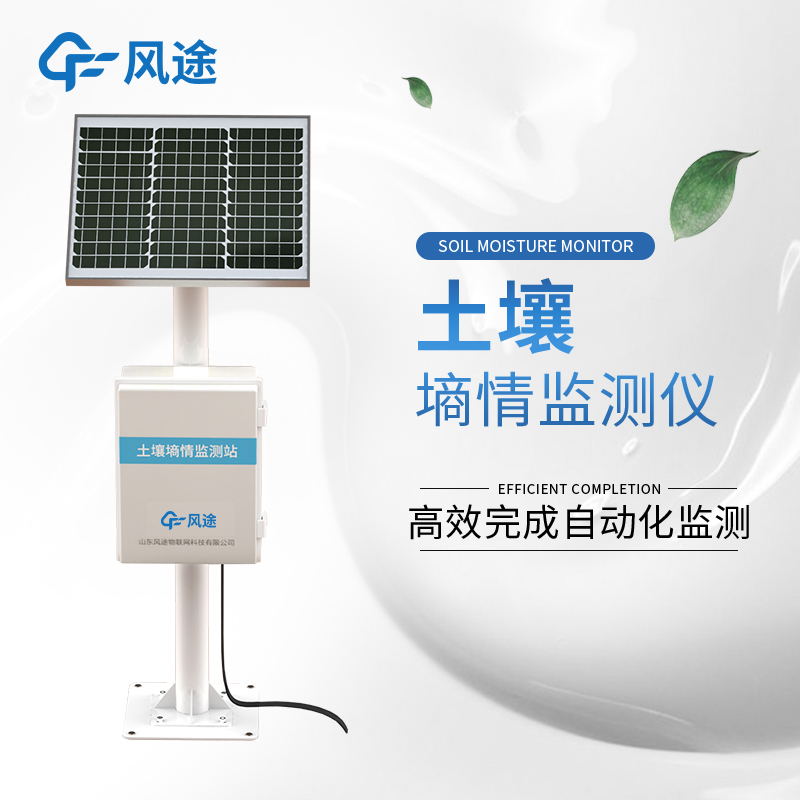Shandong Fengtu IOT Technology Co., Ltd
Sales Manager:Ms. Emily Wang
Cel,Whatsapp,Wechat:+86 15898932201
Email:info@fengtutec.com
Add:No. 155 Optoelectronic Industry Accelerator, Gaoxin District, Weifang, Shandong, China

Sales Manager:Ms. Emily Wang
Cel,Whatsapp,Wechat:+86 15898932201
Email:info@fengtutec.com
Add:No. 155 Optoelectronic Industry Accelerator, Gaoxin District, Weifang, Shandong, China
time:2024-04-07 08:42:33 source:Weather Station viewed:671 time
Field water holding capacity is a central indicator for evaluating soil moisture and drought conditions. According to national and water industry standards, soil moisture is the key to determining drought conditions. With the development of automation technology, the number of automatic moisture monitoring stations is increasing, and the measurement of field water holding capacity becomes more important and frequent.
There are two main methods for determining field water holding capacity: field measurements and laboratory tests. Field measurement methods include the use of natural rainfall or artificial flooding, while laboratory testing methods include the use of techniques such as sandboxes, Wilcox devices and pressure moulds.
The fence flooding method is the traditional way of measuring water holding capacity in the field, but this method is inefficient and costly. To improve on these shortcomings, instrumental measurements, such as soil moisture monitoring equipment, have emerged. This method is more accurate and reduces human error. It is easy to operate, saves time and labour and is low cost.
A soil moisture monitoring station is an automated system that collects, stores, sends and manages temperature and moisture data from the soil. It includes multiple data acquisition channels, soil moisture and temperature sensors, and other meteorological sensors with a management software platform.
The system is able to monitor soil conditions in real time and provide users with soil moisture data. Through these data, users can understand the soil moisture and temperature changes, and then carry out scientific management of farmland irrigation and crop cultivation. The high efficiency and accuracy of the soil moisture monitoring station greatly improves the quality and efficiency of agricultural production, and also helps to conserve water resources and achieve sustainable agricultural development.

Although ultrasonic and mechanical wind speed measurement sensors are similar at the basic conceptual level, due to the differences in their designs, their operating modes each possess unique characteristics. Therefore, it is of great significance to clarify the advantages and disadvantages of these...
Soil moisture monitoring plays a vital role in agriculture and farming. By monitoring moisture and water content changes in the soil, it plays a key role in the growth and development of crops and provides important support in drought relief. The integrated multi-depth soil moisture monitoring syste...
A micro monitoring station is a small environmental monitoring device that integrates multiple detection functions and is mainly used for air quality detection in localized areas. It usually includes particulate matter detection, temperature and humidity detection, gas detection and other functions,...
transmission line micrometeorological monitoring system.The guardian of micrometeorology.Under the seemingly simple appearance.It hides the magic of science and technology.It's powered by solar panels.No need to take care of it.It monitors the weather around the clock.Wind speed, wind direction,...